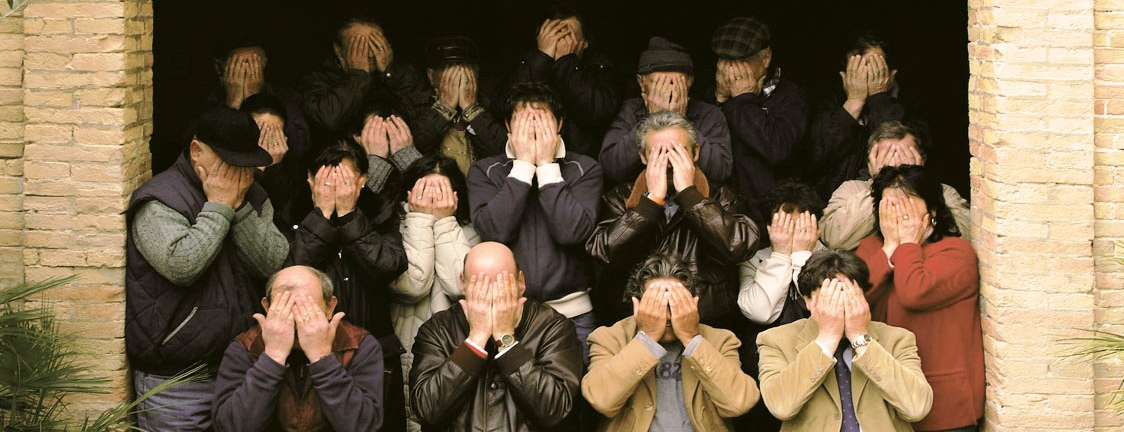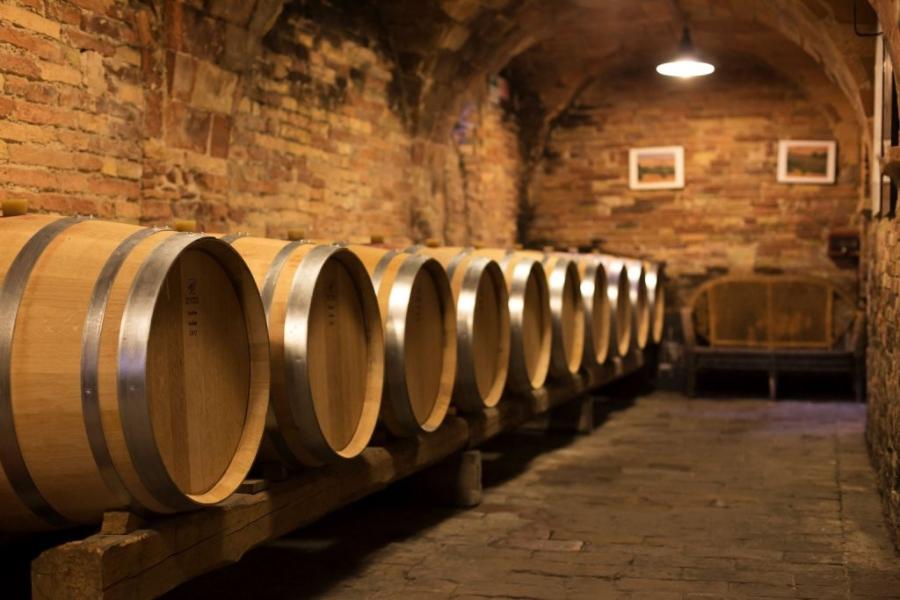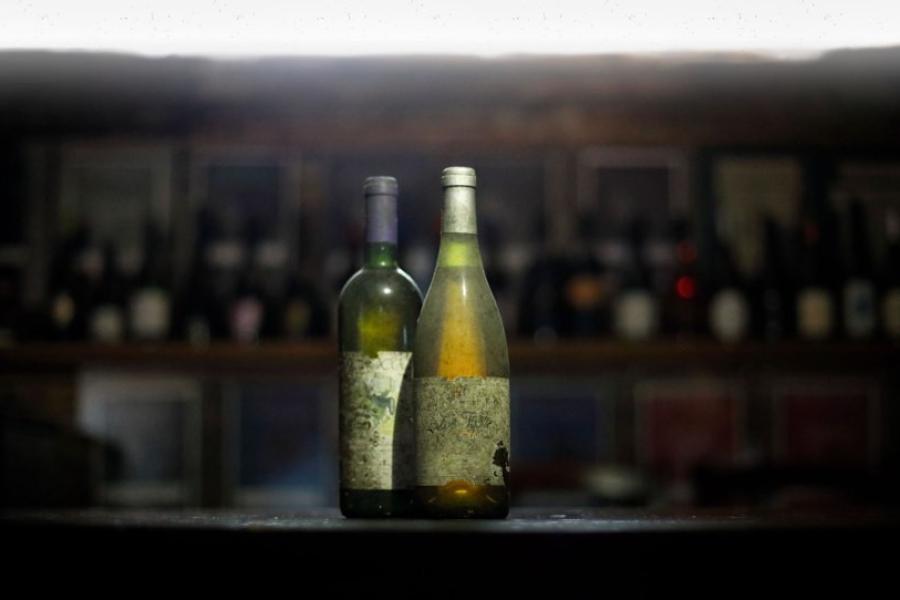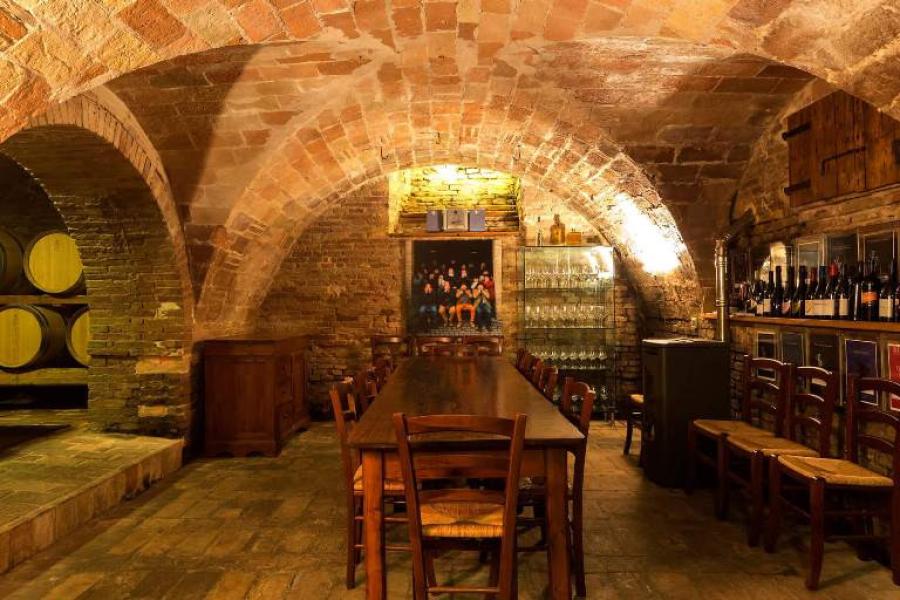Cliccando sul pulsante "Accetta tutti i cookie": l’utente accetta di memorizzare tutti i cookie sul suo dispositivo.
Cliccando su "Impostazioni cookie": l’utente sceglie le tipologie di cookie che saranno memorizzate nel suo dispositivo.
that has been running through my veins since I was a child.
A real passion that has grown day by day and that could no longer be relegated to just moments of leisure. Stefano Antonucci


My world is surrounded by rituals, expectations, but also creativity, energy, curiosity and a lot of courage.
Yes, because our wines are often the result of innovative and experimental research ... but to be successful you must always create something more than others!
And I still have many ideas, because for me my work is first of all passion and fun and that is why I consider myself a very lucky person ...
Passion, combined with respect for the land and the desire to innovate are the foundations on which we have decided to mark our company. Each harvest is an important examination regarding the life of our grapes and our lands.
Our aim, year after year, is to improve the quality standard of the raw material, taking into account the tradition and history of the soil but at the same time applying new production concepts, through the practice of thinning and an obsessive care for the health of the grapes.
However, the resulting landscape is not our merit… it is the wine itself that continually perfects the details.
Since the beginning of its business, the Santa Barbara company has set itself two objectives: the relaunch of native grapes, Verdicchio and Montepulciano, and the creation of wines of "international taste" that had originality and great personality.
The task we have set ourselves is certainly not the easiest, but wine requires courage combined with a touch of recklessness.



Even today, those who ask me "what is your secret?" I reply “to make the wine that I like first of all, a wine for a drinker”. Anyone who knows me knows that my wines are really born this way. Many have defined me as "a visionary and eclectic winemaker, perennial in search of stylistic completeness".
I recognize myself very much in these words because, yesterday as today, they perfectly summarize my philosophy.
In fact, this is how I approached the world of wine, launching the Pignocco line, produced with both white and red grapes, with which I effectively sanctioned my transition from bank to winemaker. With Pignocco, which still represents an important slice of our market today, I transformed the family winery into the current Santa Barbara winery, and from here many new adventures and wine experiments started, of which I am very proud.
The main white berried grapes, such as Verdicchio dei Castelli di Jesi, are grown with the guyot system, while for the red berried grapes, such as Montepulciano, Sangiovese, Merlot, Syrah and Cabernet Sauvignon, the system is used. with spurred cordon.
To complete and further enrich the production, new processes and collaborations have been experimented with which resulted in a selection of sweet wines and spirits.
The vineyards are distributed along the sinuous hills that from the municipality of Barbara cross Serra de Conti, Montecarotto, Arcevia up to Morro D’Alba and Cupramontana.
The peculiarity of these areas are the clayey and water-rich soils that arise in a strip of land enclosed between the Adriatic Sea, to the east, and the Apennine chain, to the west.
Passion, combined with respect for the land and the desire to innovate.
Each harvest is an important examination regarding the life of our grapes and our lands. Year after year, improving the quality standard of the grapes, taking into account the tradition and history of the soil.
However, the resulting landscape is not our merit… it is the wine itself that continually perfects the details. Thus, every day, we never tire of admiring our lands and falling in love with our grapes.
It is a privilege for us to work in these places, and it is therefore a duty for us to convey the essence of this land and the quality of our work in the 900,000 bottles that are produced every year.